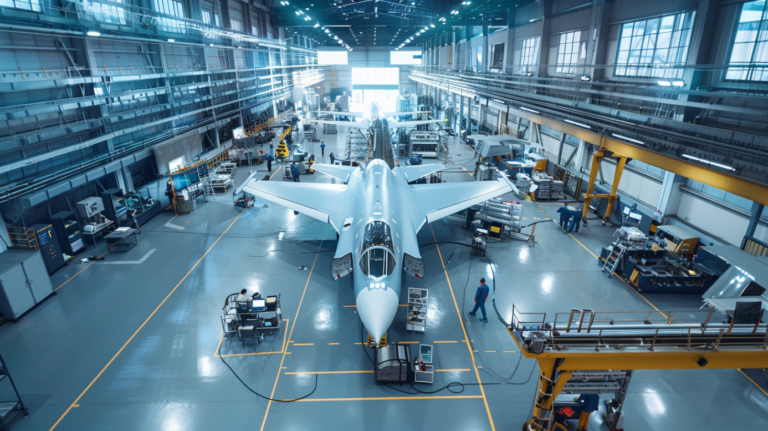aerospace/defense
Typical Material Grade Used but not Limited to:
C63000
MIL-B-24480
AMS4880
AMS4881
AMS4862

Bronze plays an important role in the landing gear assembly of jets primarily due to its strength, durability, and resistance to corrosion, which are critical in handling the stresses and conditions encountered during landing and taxiing.
Here’s how bronze is used in landing gear components:
Bronze is commonly used for bushings, bearings, and other parts that experience friction. These components are vital for allowing the movement of the landing gear’s parts (like the retracting and extending mechanisms) with minimal wear over time. Bronze’s self-lubricating properties make it ideal for reducing friction, which helps the landing gear move smoothly while preventing damage to moving parts.
Landing gear components are exposed to harsh conditions such as water, salt, and varying temperatures. Bronze alloys, especially those with a high copper content, are highly resistant to corrosion and oxidation, making them perfect for parts exposed to such environmental challenges.
Bronze offers a good balance of strength, toughness, and fatigue resistance. This is crucial for parts of the landing gear that absorb the heavy loads during landing and takeoff. The material ensures that the components can withstand significant stresses without failing.
Bronze also has some damping characteristics, which can help reduce vibrations that occur when the jet lands. This is particularly important for ensuring that the landing gear and other components don’t suffer from long-term damage due to repetitive stresses.
Bronze is used in landing gear assemblies for its excellent wear resistance, strength, corrosion resistance, and ability to handle the dynamic stresses during the jet’s operation, helping ensure safety and reliability.

